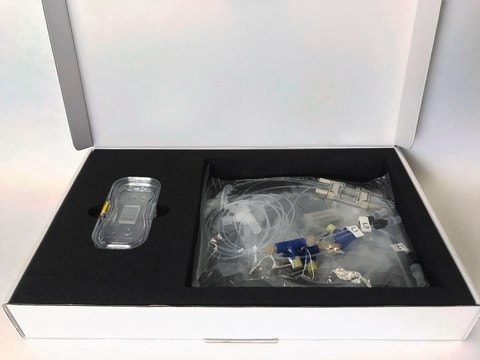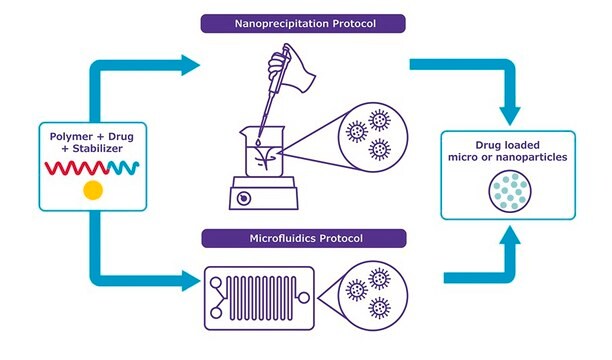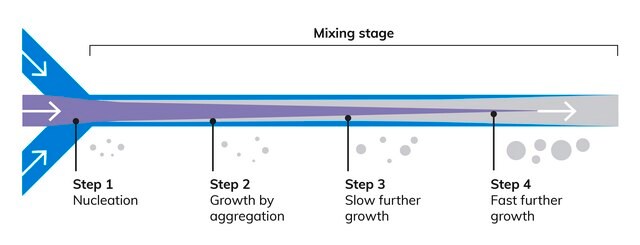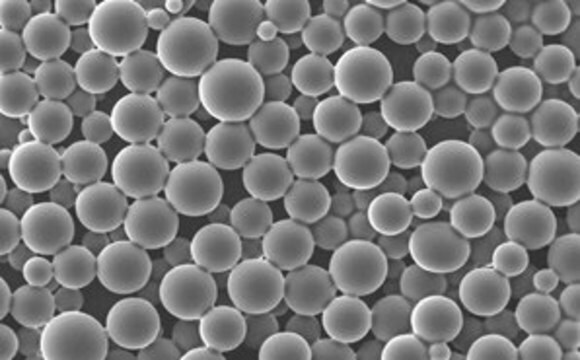920436
NanoFabTx™ PEG-PLA drug formulation screening kit
for synthesis of PEGylated nanoparticles
Synonym(s):
Microfluidics, NanoFabTx™ reagent kit, Nanoformulation, Nanoparticle kit, PEG-PLA
About This Item
Recommended Products
description
Kit components :
PEGPLA-L-M (919942-500mg)
PEGPLA-H-M (919934-500mg)
Stabilizer-Nano (907766-5g)
PEG-PLA drug formulation screening kit, for synthesis of PEGylated PLA nanoparticles
Quality Level
application(s)
advanced drug delivery
storage temp.
2-8°C
General description
- A Nanoprecipitation protocol to prepare drug-encapsulated nanoparticles in standard laboratory glassware.
- A Microfluidics protocol using commercial platforms or syringe pumps.
Application
Features and Benefits
- Includes tested protocols with step-by-step instructions for nanoprecipitation or microfluidics-based syntheses
- Requires minimal laboratory setup
- Optimized to achieve monodisperse, homogenously shaped, biodegradable, PEGylated PLA nanoparticles in any size between 60 and 100 nm
- Formulated to maximize the encapsulation of hydrophobic drugs
- Includes two different PEGylated PLAs
Legal Information
related product
Storage Class Code
10 - Combustible liquids
Certificates of Analysis (COA)
Search for Certificates of Analysis (COA) by entering the products Lot/Batch Number. Lot and Batch Numbers can be found on a product’s label following the words ‘Lot’ or ‘Batch’.
Already Own This Product?
Find documentation for the products that you have recently purchased in the Document Library.
Articles
Professor Robert K. Prud’homme introduces flash nanoprecipitation (FNP) for nanoparticle fabrication, which is a scalable, rapid mixing process for nanoparticle formulations.
Our team of scientists has experience in all areas of research including Life Science, Material Science, Chemical Synthesis, Chromatography, Analytical and many others.
Contact Technical Service





